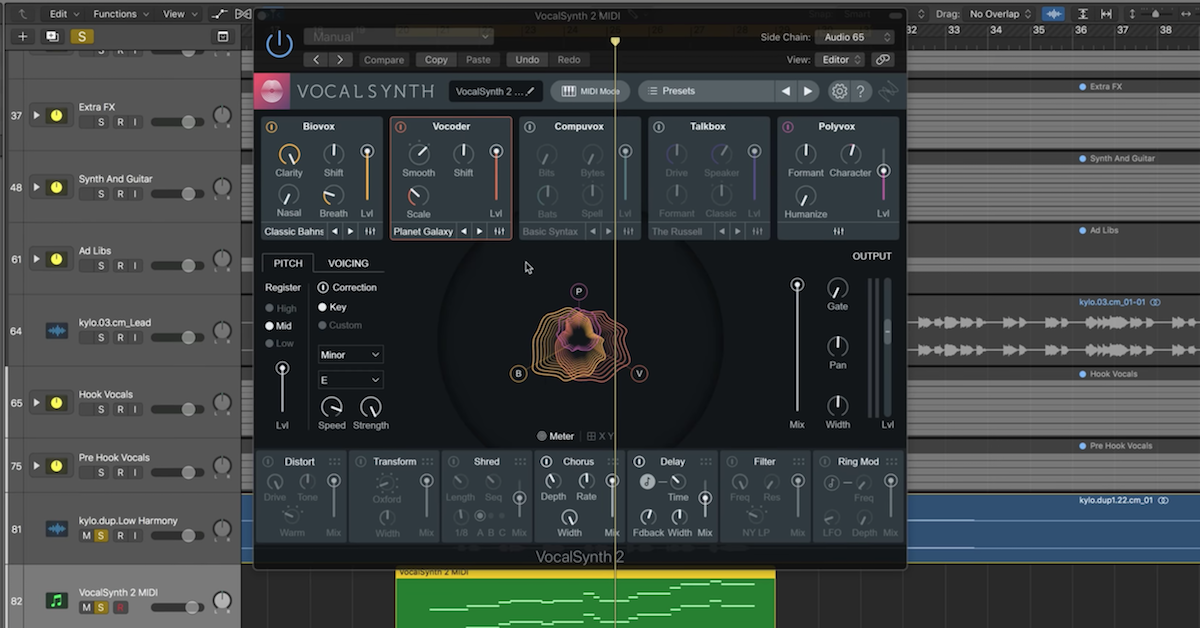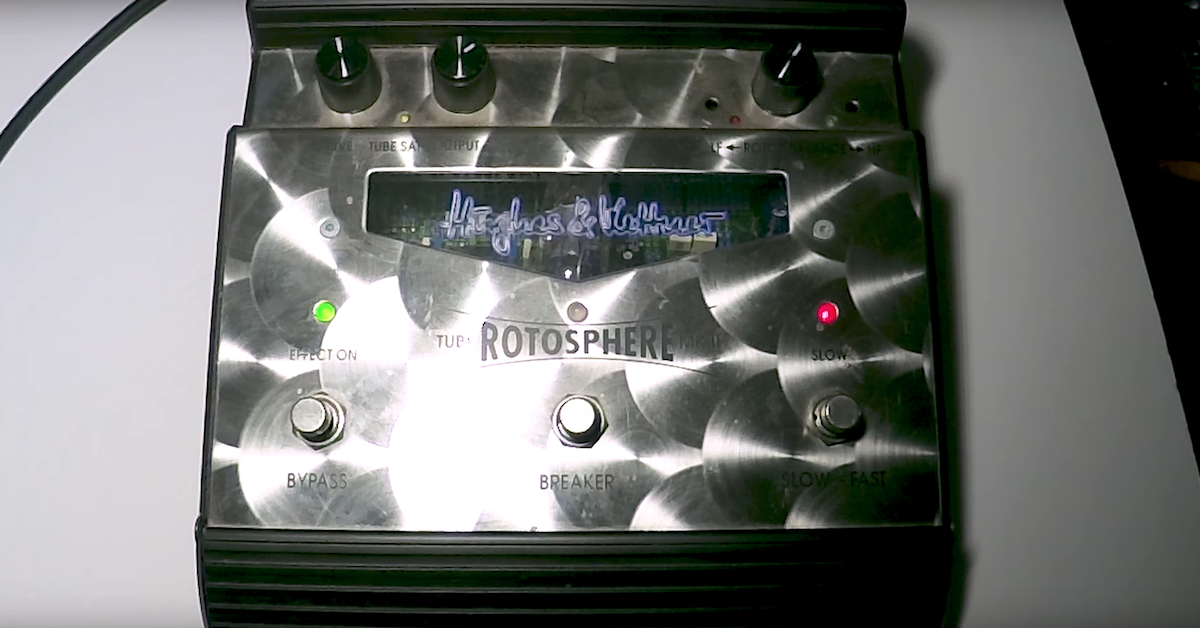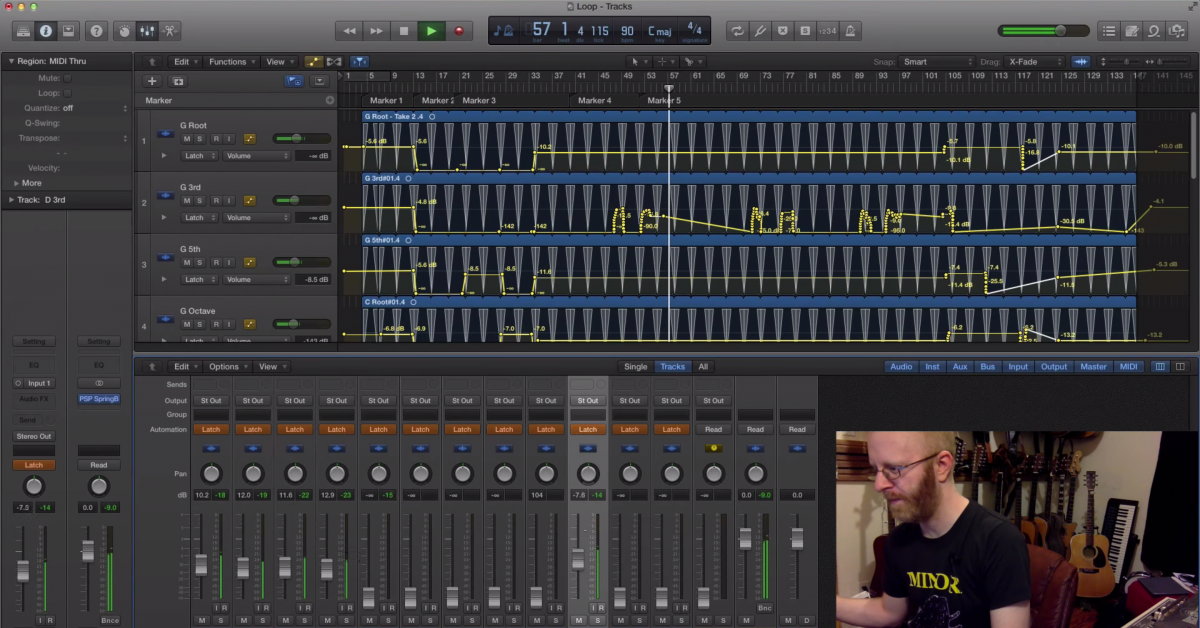3 Easy Ways To Change Key in Your Song
Article Content
You’ve just written a great verse and chorus that fit really well together. You’re happy with the melodies, but the chorus is in the same range as the verse and this might lead to a less impactful chorus. You can try moving the melody up a third using the same chords, but this may not sound right.
Here’s where your friend modulation (key change) comes in. You might have other reasons to change key in a song, like adding excitement or variation in the middle eight, for example.
Whatever your motive, here are three ways to do it:
The Abrupt Way
This is where you play a chord that belongs to another key without preparing the listener.
Think about a song that goes up a semitone in the last chorus (this is sometimes referred to as arranger’s modulation since it’s not really part of the songwriting process). This can surprise the listener and can give the chorus a lift.
In “Jo-anna Says“, the verse is in the key of A major and ends on an E major chord. Your ear thinks it will go back to A major but instead goes up a minor third to a C major. The chorus then stays in the key of C major.
Another example is the original version of “Islands In The Stream.” The song is in C major but jumps abruptly to a G# major chord after the first chorus. This approach can work really well but will get old if used frequently.
The Sneaky Way
If you want your modulation to be less apparent, a pivot chord is the way to go. A pivot chord (also known as a common chord) exists in the current key and the destination key.
Let’s say you’re in the key of C major and you want to go to Bb major.
Find the pivot chords for C major and Bb major (if you want an overview of keys and their respective chords, check here). In this case, Dm and F are common to both keys.
Let’s try Dm. Our chord progression could look like this:
C – Am – Dm – Bb – Eb – F7 – Bb
The funny thing is that the Dm acts as two chords.
When it’s played it will sound like the second chord in the key of C major, but as soon as you hit the Bb, the Dm will sound like the third chord in the key of Bb major. This will make it harder to hear the modulation.
If we want to come back to C major we could use the other pivot chord, F.
C – Am – Dm – Bb – Eb – F7 – Bb – F – C – G – C
There is a variation on this technique. Instead of using a chord that is common to both keys, you can emphasize a note that is common between the two chords.
For instance, you can go from a C major to an Ab major chord by emphasizing the note C that is found in both chords. This can be done by the melody playing C or by arranging the instruments so that C gets extra attention in the harmony.
The Apparent Way
If you want the key change to be more apparent, play the dominant chord leading to the tonic of the destination key.
In the example mentioned, this would mean playing an F7 before going to Bb (try playing an F for a beat or two and then the dominant 7 – this will make the transition smoother but still very apparent).
Happy modulating!






